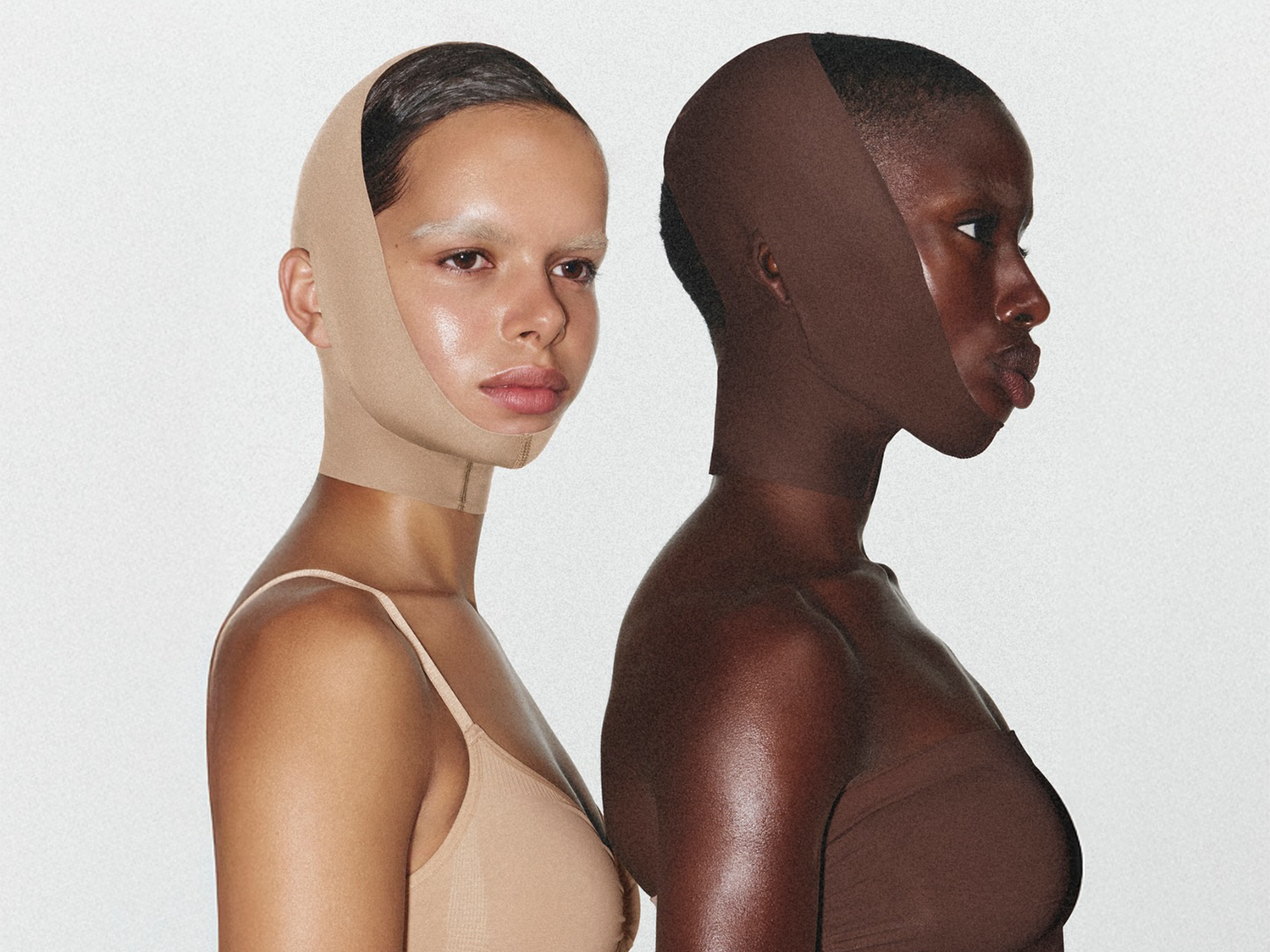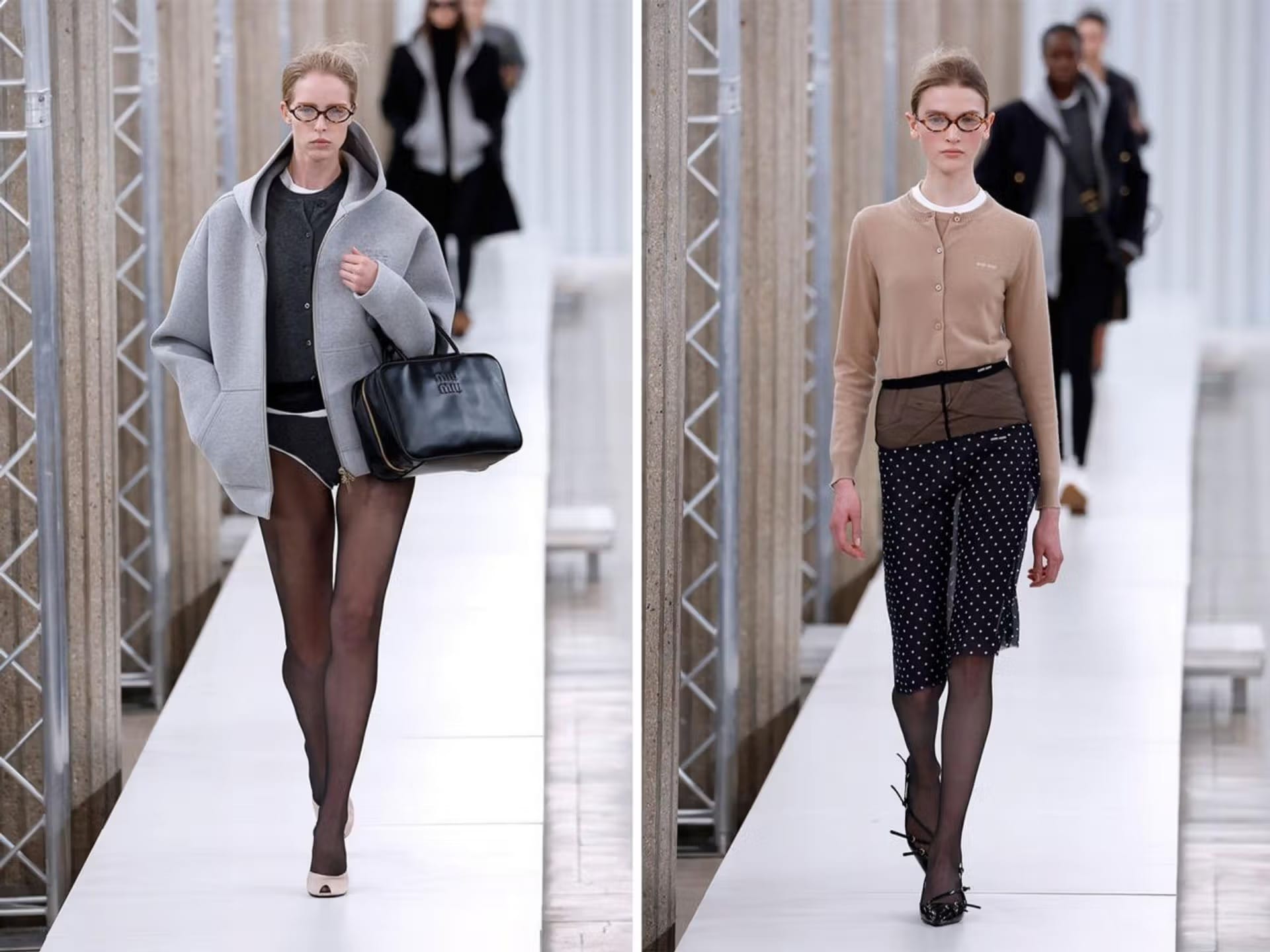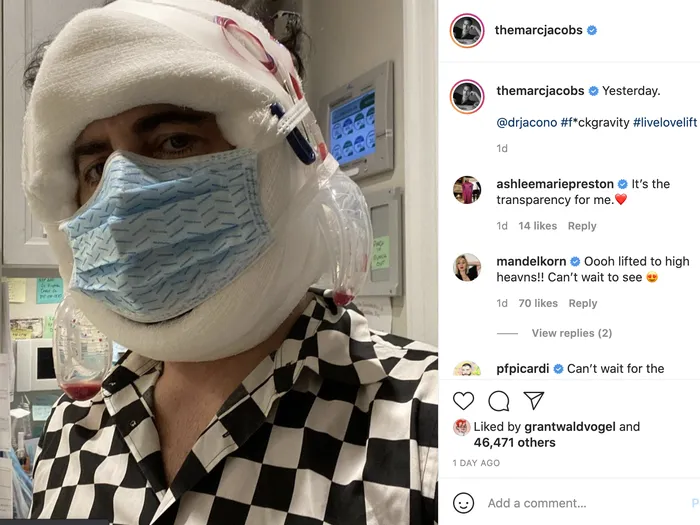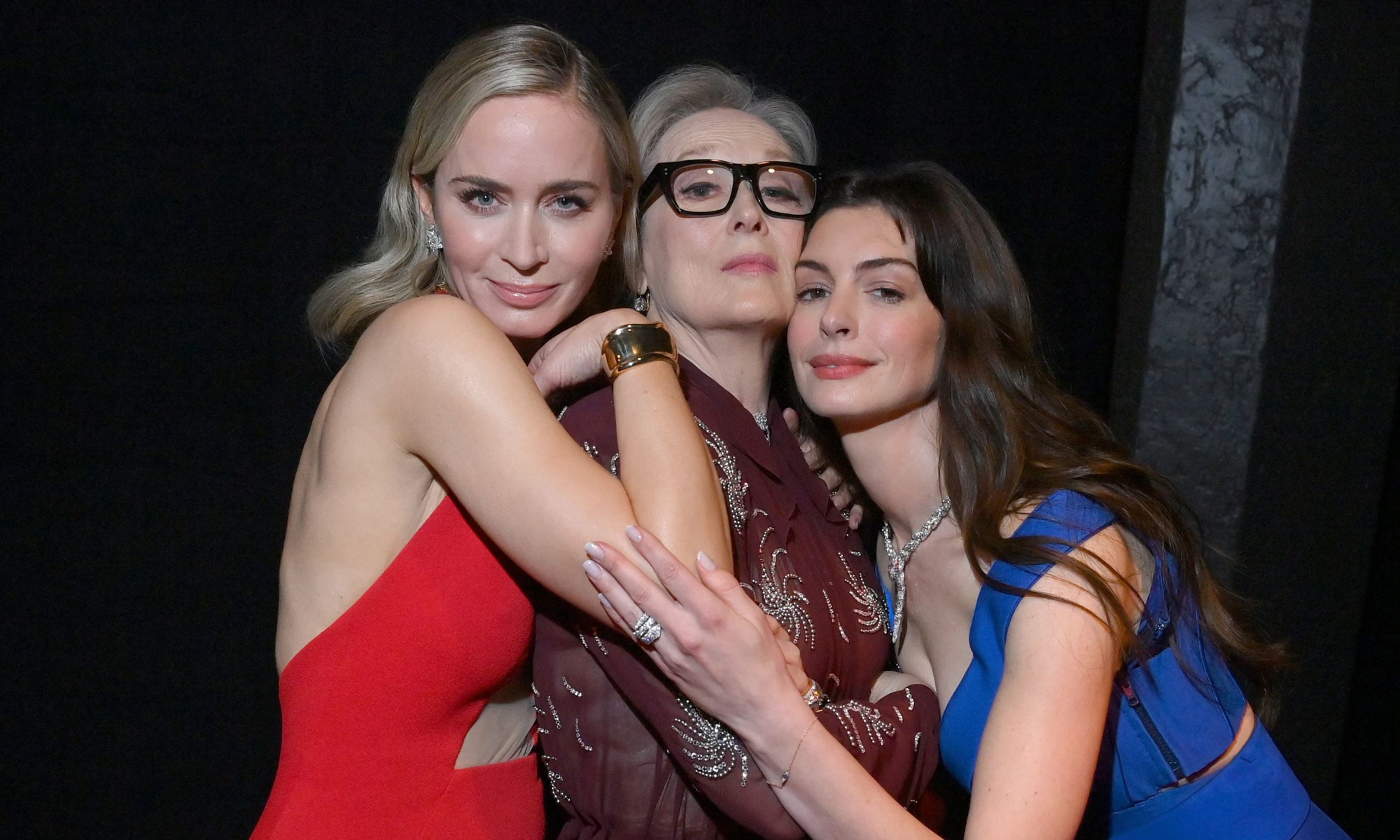
Cringe is still coming at me from all directions. I first wrote about how “the awkward and the profound collide to shape culture” in my Cringe = Sublime SEED back in April. Since then, a new infographic seems to appear each week. Cringe entered the cycle – or rather, cycles – and became an accepted part of the loop of cultural production and prediction. It’s no longer the end result, nor a by-product. Cringe is a stage to pass through – once, twice, maybe infinitely.
This summer, many things and ideas made their second, third or hundredth return. Most of them, somewhat organically, came back through the sublime cringe.
Skims has just dropped the Seamless Sculpt Face Wrap – the brand’s “first-ever face innovation”. It’s essentially a jaw support bandage designed for post-operative recovery, complete with ear cut-outs and a Velcro strap that secures at the crown of your head. Like Bonnie and Clyde, it comes in two shades: cocoa and clay.
It feels like just yesterday that admitting to Botox made you a saint – humble, relatable. I remember when Kylie posted on IG in a post-op bra, with no confirmation of any procedure. Now she replies to TikTok comments with exact instructions on what to ask for at your next appointment. We have entered the era of lucid transparency.
The Precursor

Returning to FW23: Lotta Volkova styled sheer nylon tights over cardigans for Miu Miu. Similarly, the pants – resembling bikini bottoms salvaged on laundry day – became office shorts. In her fashion column for Spike, Joanna Walsh describes the styling:
“Pulled up above the skirt’s waistband, the parts that show are not the smooth illusion of sex but the literal 'seamy side’ – the side that makes them [tights] 'work’.”
Fashion-wise, this was the beginning.
One could say that the Margiela’s codes and showing the seams is an old dog's trick. But the virality of Miu Miu was unmatched, and rings differently. It wasn’t an artistic gesture to expose the process, nor the kind of inverted tailoring you couldn’t replicate at home. It wasn’t marginal. It’s a feral truth of the everyday, trying to hold it all up, survive and not collapse. There is no more energy in pretending to have it all together. To have it all curated and planned out.
Caught in the Moment
Paris Hilton wrote in her 2004 book Confessions of an Heiress about jeans styling: “How low can you go? Pretty low.”
What connects Kim Kardashian’s post-op fashion innovation to Hilton’s iconic style advice of going low? Today, showing what’s underneath isn’t about sex appeal (who even remembers what that means); it’s about the visibility of perpetual self-reinvention – performed publicly.
Undergarments have been on display since the Calvin Klein ads of the ’90s, or maybe even the micro-mini skirts of the late ’60s. Then came the 2000s with ultra low-rise jeans and visible thongs (see: Tom Ford for Gucci, low-rise McQueen). But this isn’t just about revealing undergarments.
The most outlandish fashion cameos of the early 2000s document tabloid stars in the midst of transformation. Crisis PR meets fashion faux pas. At the time, stars weren’t allowed to publicly embrace their rebrands until they were complete. Clean slate solutions only. Pure, unattainable perfection was the target. Paparazzi pictures of questionable outfits – or the lack thereof – while ingeniously exiting a clinic or arriving at rehab were pure gold for the rumour mill, yet the transformation was generally kept private.


Left: Marc Jacobs post surgery, Right: Marc Jacobs and Charly "Char" Defrancesco Halloween costumes
Side note: Marc Jacobs broke that rule by going public with his post-op face – and then doubled down, turning the looksmaxxing aesthetic into a Halloween costume. But I digress. The point here isn’t the popularity of plastic surgery – it’s how it’s being presented.
Insert “it all changed with social media” quote here.
Skipped for redundancy lol. But it did. And now we’re in an era where flopping is constant. And, because it’s constant, flop is losing meaning. We reside in the perpetual mud of cringe.
Sequels
This summer, we have no mainstream directives. No theme, no song (Jet2’s Summer? Come on now!), no dance, no colour, no dominant trend. Even the future feels like it’s not there. It’s a season of sequels: an Oasis reunion, The Devil Wears Prada again, another Superman with a slightly different face, Brad Pitt with a different face, Kris Jenner and Lindsay Lohan with new faces – and yes, it’s Freaky Friday again.
Sequels are public declarations of trying. Trying to be better than the original, trying to make it work again. Trying is cringe. And I mean that lovingly.

On Thriving in Misunderstanding
Burke and Kant say that if the Sublime is something vast, beyond our control, knowledge or understanding. So if we continue the thesis that cringe = sublime, then peak cringe is being undefined.
Being undefined or misunderstood is terrifying. It stinks of rejection, loneliness, outsider-ness. But it’s also the space where becoming happens. Where emotion lives. That’s a powerful place to be in, and a relatable one too.
In the words of Sky Ferreira, “everything is embarrassing”. Nothing is 100% factual. Everything is a process. And when no one has answers, everyone is cringe.
As Protein points out in The Nostalgia Report, culture is cyclical. But perhaps we’ve started accepting the whole cycle, not just the best-performing chapters. The flop era doesn’t exist if you can capitalise on it too.
| SEED | #8340 |
|---|---|
| DATE | 05.08.25 |
| PLANTED BY | ELIZAVETA FEDERMESSER |


